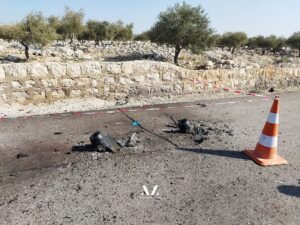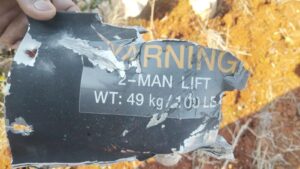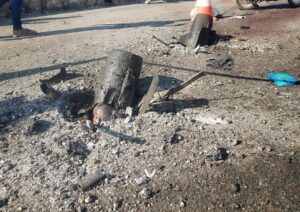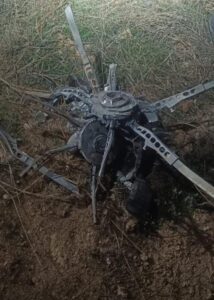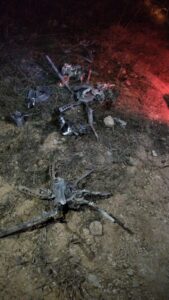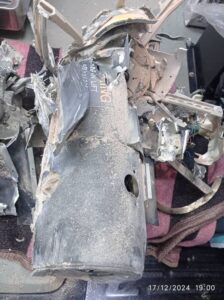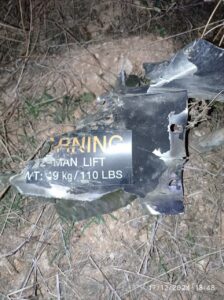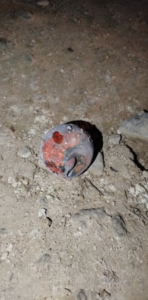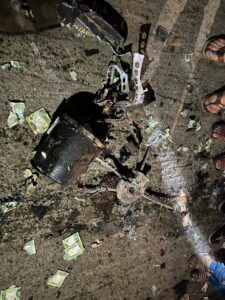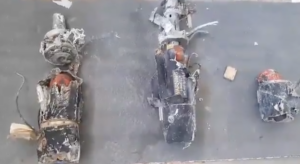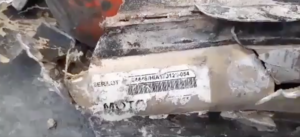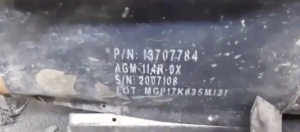12 results
Current Filter
AGM-114R9X Hellfire
An American-designed air-to-surface missile equipped with a kinetic warhead consisting of 6 blades which extend from its body and deploy during flight, replacing the explosive warhead used by other AGM-114 Hellfire variants. The munition was first publicly used in 2017 and is often colloquially referred to as the ‘Ninja missile’ in media reports. It relies on its 49 kg weight in combination with blades to kill specific individuals in open areas or inside soft vehicles, such as cars. The R9X is often fired at high-priority targets, such as militant group leadership figures, and has seen comparatively widespread use in parts of northern Syria, as well as more limited use in Iraq, Yemen and Afghanistan.
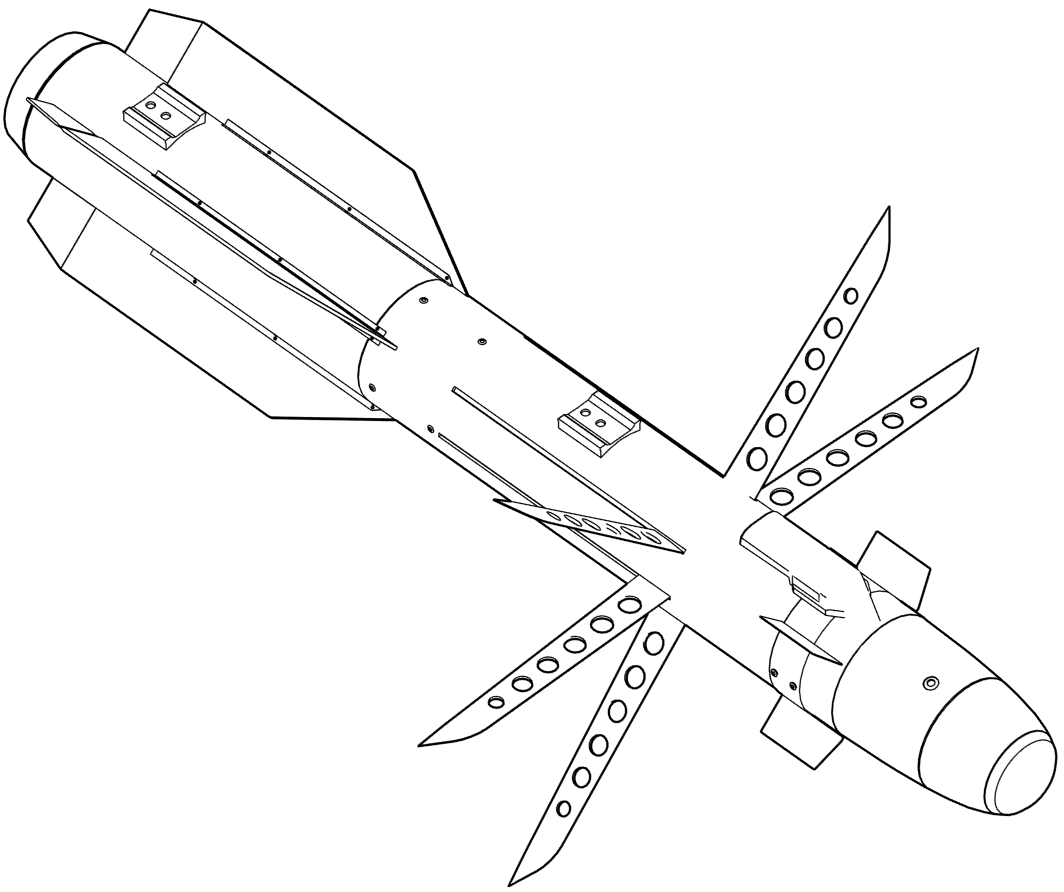
Analyst Note:
This image shows the pneumatic accumulator, or ‘accumulator bottle’, of the AGM-114R9X missile. The accumulator bottle stores gas that is used to actuate the fins, adjusting the trajectory of the missile in flight. All AGM-114 Hellfire-series missiles have an accumulator bottle. The accumulator bottle is a fragment that often survives intact, even in Hellfire missile variants that carry an explosive payload. (ARES)
Analyst Note:
This image shows a component believed to be part of the folding-blade assembly used in the AGM-114R-9X variant of the Hellfire missile. Blades are used in place of an explosive payload to create a kinetic weapon that achieves a practical level of lethality whilst minimising collateral harm. (ARES)
Analyst Note:
Little is known with certainty about the AGM-114-R9X variant of the Hellfire missile, although it has been associated with high-profile targeted killings including those of senior al-Qaeda figures. The weapon functions as a kinetic-impact munition, using pop-out blades—rather than an explosive warhead—to reduce the prospects of collateral harm. (ARES)








